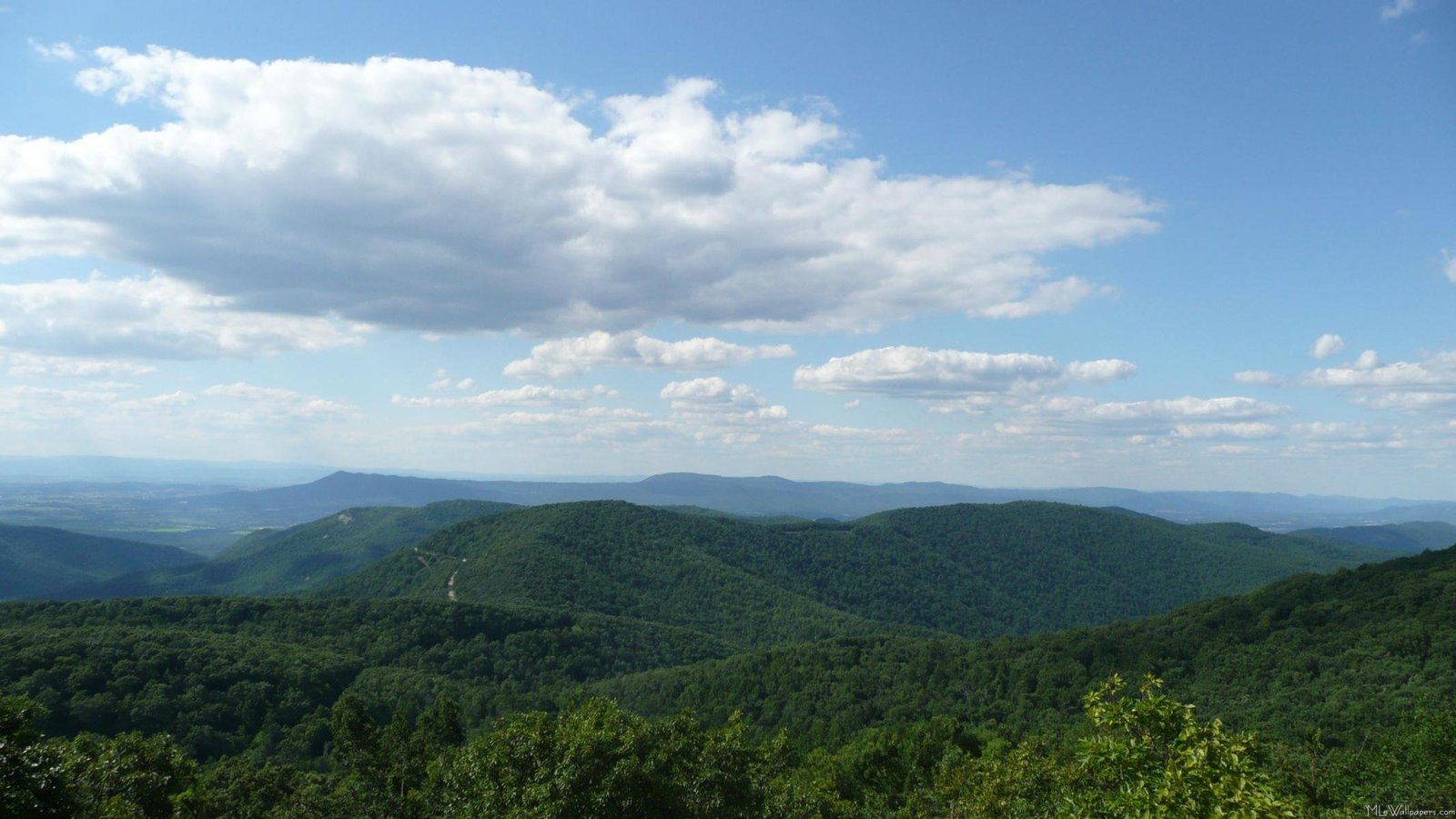Hurricane Helene has caused unprecedented damage to the Appalachian Trail, forcing extensive closures across multiple states. Hikers and outdoor enthusiasts face significant challenges as over 972 miles of the trail remain inaccessible, with sections in Tennessee, Virginia, and North Carolina experiencing severe environmental disruption that threatens trail integrity and hiker safety.
What Caused the Appalachian Trail Hurricane Closures?

Hurricane Helene unleashed a devastating impact on the Appalachian Trail, creating multiple challenges for trail maintenance and hiker safety. The hurricane’s destructive force resulted in:
- Extensive flooding across trail sections
- Massive tree fall and forest destruction
- Severe erosion of trail pathways
- Bridge and infrastructure damage
- Dangerous landslide potential
How Extensive Are the Trail Closures?
The closures span critical sections of the Appalachian Trail, including:
| Region | Miles Closed | Estimated Recovery Time |
|---|---|---|
| Tennessee-Virginia Border | 0-864.6 | October 1, 2025 |
| Mount Rogers National Recreation Area | 91 miles | Indefinite |
| Pisgah National Forest | Miles 327.7-392.6 | TBD |
| Elk Garden to TN/VA Line | Miles 467.3-558.6 | Pending Assessment |
What Safety Precautions Should Hikers Take?

Hikers must prioritize personal safety during these challenging times:
- Avoid Closed Sections
- Do not attempt to traverse closed trail segments
- Check official Appalachian Trail Conservancy (ATC) updates regularly
-
Respect local forest service recommendations
-
Emergency Preparedness
- Carry communication devices
- Have alternative route plans
- Understand local emergency contact information
Who Is Managing the Trail Recovery?
Multiple organizations are collaborating on trail recovery:
- Appalachian Trail Conservancy
- U.S. Forest Service
- Local and State Park Management Teams
- Volunteer Trail Maintenance Groups
What Are the Long-Term Implications?
The hurricane’s impact extends beyond immediate trail closures:
- Potential ecosystem disruption
- Significant financial investment required for repairs
- Extended periods of limited trail accessibility
- Increased focus on climate resilience in trail design
How Can Hikers Support Recovery Efforts?
Hikers can contribute through:
– Donating to trail maintenance organizations
– Participating in volunteer repair programs
– Spreading awareness about trail conditions
– Following official guidance and recommendations
Additional Recommendations
- Monitor official ATC website for real-time updates
- Be flexible with hiking plans
- Consider alternative hiking routes
- Support local communities affected by hurricane damage
Key Takeaways
- Hurricane Helene caused extensive Appalachian Trail damage
- Multiple trail sections remain closed
- Safety is the primary concern for hikers
- Recovery will be a long-term, collaborative process
Pro Tip: Always check official sources before planning any Appalachian Trail hiking expedition during recovery periods.

